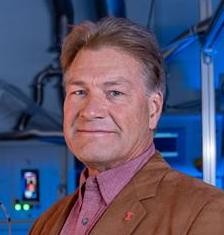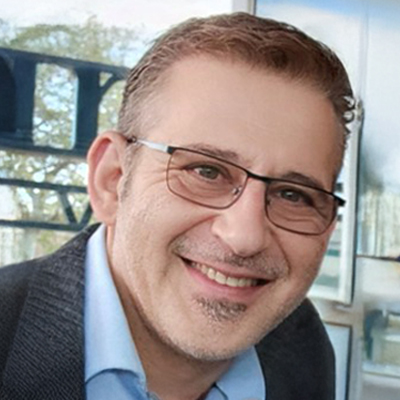Keynote Lectures (KYL)
A special feature of highlighted presentations offers added value to the technical program. Lectures are dedicated to topics of fundamental interest for scientists and engineers in surface engineering. Presentations are individual and not “classic“ day-to-day R&D business. Discussion of new developments and trends of relevance to ICMCTF, both in materials science and in methodology, in a pioneering state, with long-term impact. Selected critical reviews in a field of relevance to ICMCTF. Recognition of colleagues with pioneering and lasting impact on ICMCTF.



